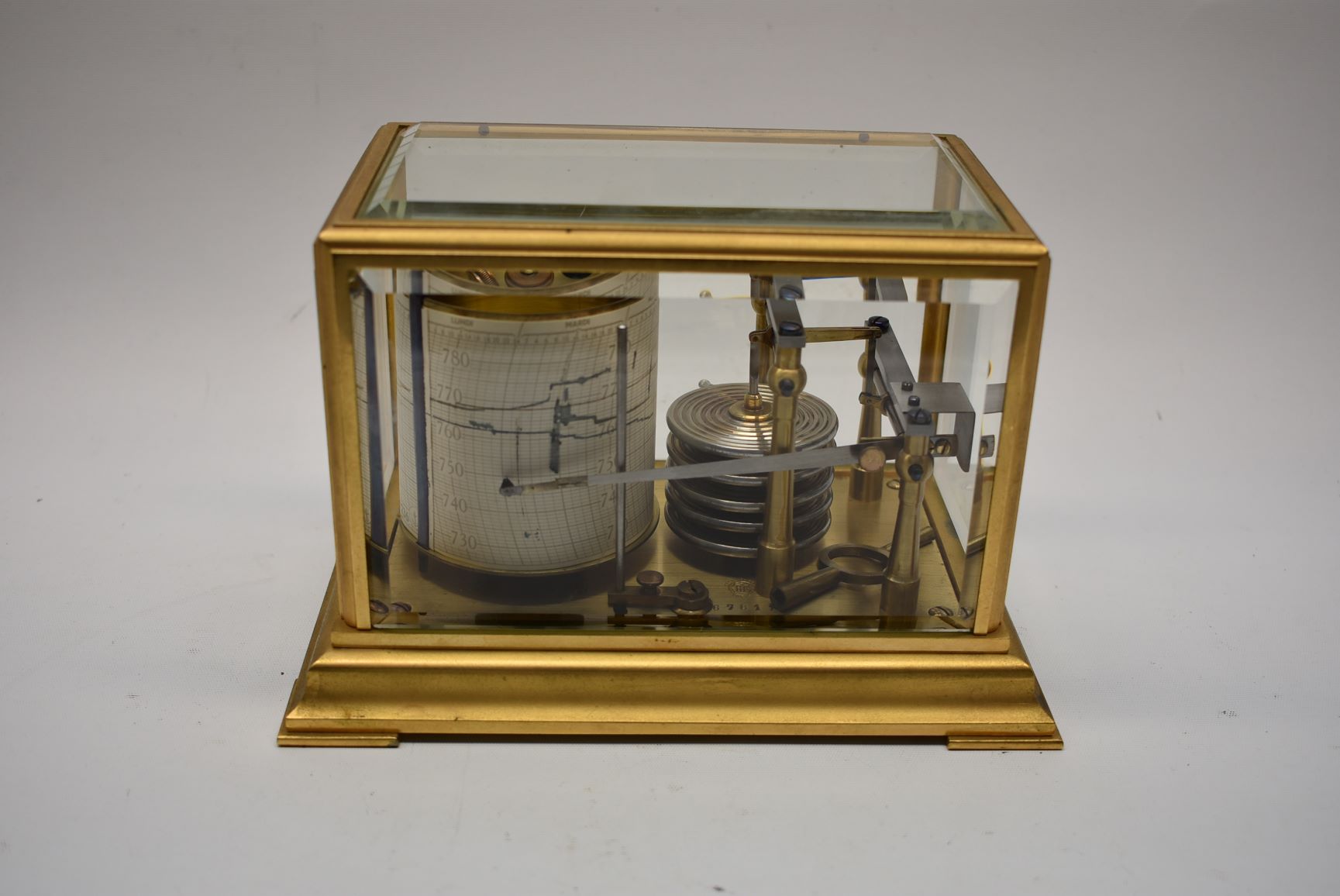Over centuries, the barometer has been one of the most essential weather instruments scientists and meteorologists use in weather forecasting. It is a device for measuring atmospheric pressure to help predict if the weather is going to be sunny, windy, or rainy. Barometers can also measure altitude.
There are two main types of barometers. First is the mercury barometer, which Italian physicist Evangelista Torricelli developed in the 1640s. The mercury barometer is designed with a tube or cistern of mercury. The level of mercury in the tube shows changes in atmospheric pressure. For example, if the mercury level rises, it means that the weather is going to be fair or clear. When the mercury level drops, it could mean windy or stormy weather is approaching.
 The second type of barometer is the aneroid barometer. Invented by the French Scientist Lucien Vidi, the aneroid barometer uses an aneroid cell instead of mercury in measuring changes in air pressure. The aneroid cell is encapsulated in a chamber, and it expands or contracts when it detects changes in atmospheric pressure. Aneroid barometers are more widely used, especially in sea and air travel, because they are smaller and more portable than mercury barometers.
The second type of barometer is the aneroid barometer. Invented by the French Scientist Lucien Vidi, the aneroid barometer uses an aneroid cell instead of mercury in measuring changes in air pressure. The aneroid cell is encapsulated in a chamber, and it expands or contracts when it detects changes in atmospheric pressure. Aneroid barometers are more widely used, especially in sea and air travel, because they are smaller and more portable than mercury barometers.
An antique barograph barometer is a type of aneroid barometer. In this article, we’ll explain how a barograph barometer works.
How Do Barograph Barometers Work?
A barograph barometer is a weather instrument that continuously measures and records changes in air pressure over time in a paper graph or chart. Typically, a barograph can measure variations in atmospheric pressure for a week but there are some models that can be set to measure pressure changes over longer or shorter periods. For someone whose job is to monitor and document changes in barometric pressure, a barograph barometer is a convenient tool, as one doesn’t have to record pressure changes manually at regular intervals.
Besides weather services, barograph barometers are useful in the maritime or nautical industries, helping sailors make crucial decisions, especially when they encounter poor weather. Because barograph barometers can also measure changes in altitude, they are also used in activities involving gliders or sailplanes.
Parts of a Barograph Barometer
Below are the basic components of a barograph barometer and their corresponding function:
- Aneroid cell
The aneroid cell is a cylindrical, bellow-shaped chamber with at least four diaphragms. It expands or contracts when it detects changes in air pressure. When air pressure increases, the aneroid cell contracts. In such cases, incoming weather is typically fair or colder. Meanwhile, if the aneroid cell expands, it means that air pressure decreases, which could mean imminent storm, rain, or wind.
- Levers or Pen-Arm Linkage
The levers connect the aneroid cell to the stylus or pen. They would go up or down as the aneroid cell expands or contracts.
- Stylus or Recording Pen
As the stylus moves, it traces a line on the chart, which shows pressure change versus time.
- Rotating Drum
The rotating drum turns by a clockwork mechanism. Most barograph barometers record atmospheric pressure changes in a cycle of seven days, but some models can record changes daily or within a month.
- Barogram or Chart Paper
The barogram shows the visual recording (in millibars) of any change in barometric pressure. The chart paper is removable, so it could be replaced with a new one for recording pressure changes for the next cycle.
- Glass Case
A barograph barometer is typically enclosed in a glass case with a metal frame to protect its parts and for portability.
Looking for a Barograph Barometer for Your Antique Collection?
At Dutch Antiques, we have antique barometers for sale. Our collection includes antique barograph barometers, antique pocket barometers for sale, stick barometers, and more. We also sell antique clocks, antique pocket watches, and antique medical instruments from all over the world.
Visit our showroom or browse our website for more information about the antique pieces we have for sale.
